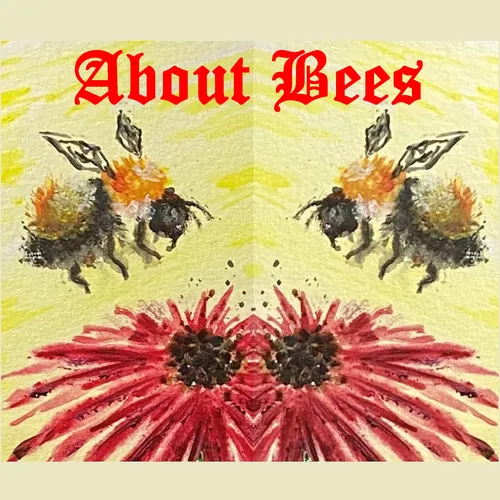Buckwheat: Our Favourite August Honey Plant
- Author
- Ron Miksha
- Published
- Sat 30 Aug 2025
- Episode Link
- http://sites.libsyn.com/540327/buckwheat-our-favourite-august-honey-plant
Season 5 Episode 7: About Bees, Culture & Curiosity Podcast – Buckwheat: Our Favourite August Honey Plant
Buckwheat is quirky. Both the pland and the honey. We look at both - plant and honey - in today's podcast. Especially the black, chokingly-strong honey.
Buckwheat, though often mistaken for a cereal grain, is actually a member of the Polygonaceae family, kin to rhubarb and sorrel. First cultivated in China more than 6,000 years ago, it spread westward along trade routes and became a staple in Eastern Europe for its short growing season, tolerance of poor soils, and high-protein, gluten-free grain. Farmers turned it into groats, roasted kasha, soba noodles, dumplings, pancakes, and beer.
In North America, buckwheat once covered millions of acres, especially in Pennsylvania, New York, and later Manitoba. Today, only about 50,000 acres remain in the U.S., with North Dakota as the largest producer. Farmers planted it as a rescue crop when other fields failed, and its continuous bloom provided nectar during mid-summer gaps.
For bees and beekeepers, buckwheat is both boon and bane. Yields could soar to 200 pounds per hive in good years, but hot, dry weather can shut nectar off completely. The honey is almost black, rich in minerals and antioxidants, with a flavor that people either cherish or despise. Folks often describe it as barnyard-like, molasses-like, or medicinal.
Culturally, buckwheat honey was prized by Eastern European immigrants and Jewish communities, especially for Rosh Hashanah. Today, production is rare, but the memory and distinct taste linger. I know. I made a few thousand pounds of buckwheat years ago in Pennsylvania and I spill some memories here today.
This episode was recorded in August 2025.
Please subscribe, like, love, and follow. We live or die by your adulation.
Podcast website: https://sites.libsyn.com/540327/site About Ron Miksha: https://about-bees.org/about-ron/
Finally: email your questions, comments, and angst: [email protected]
